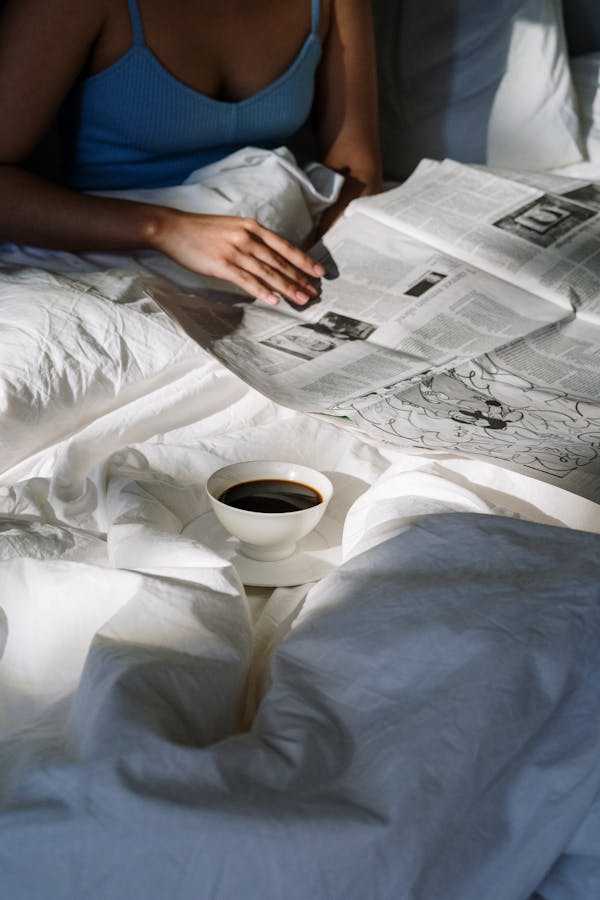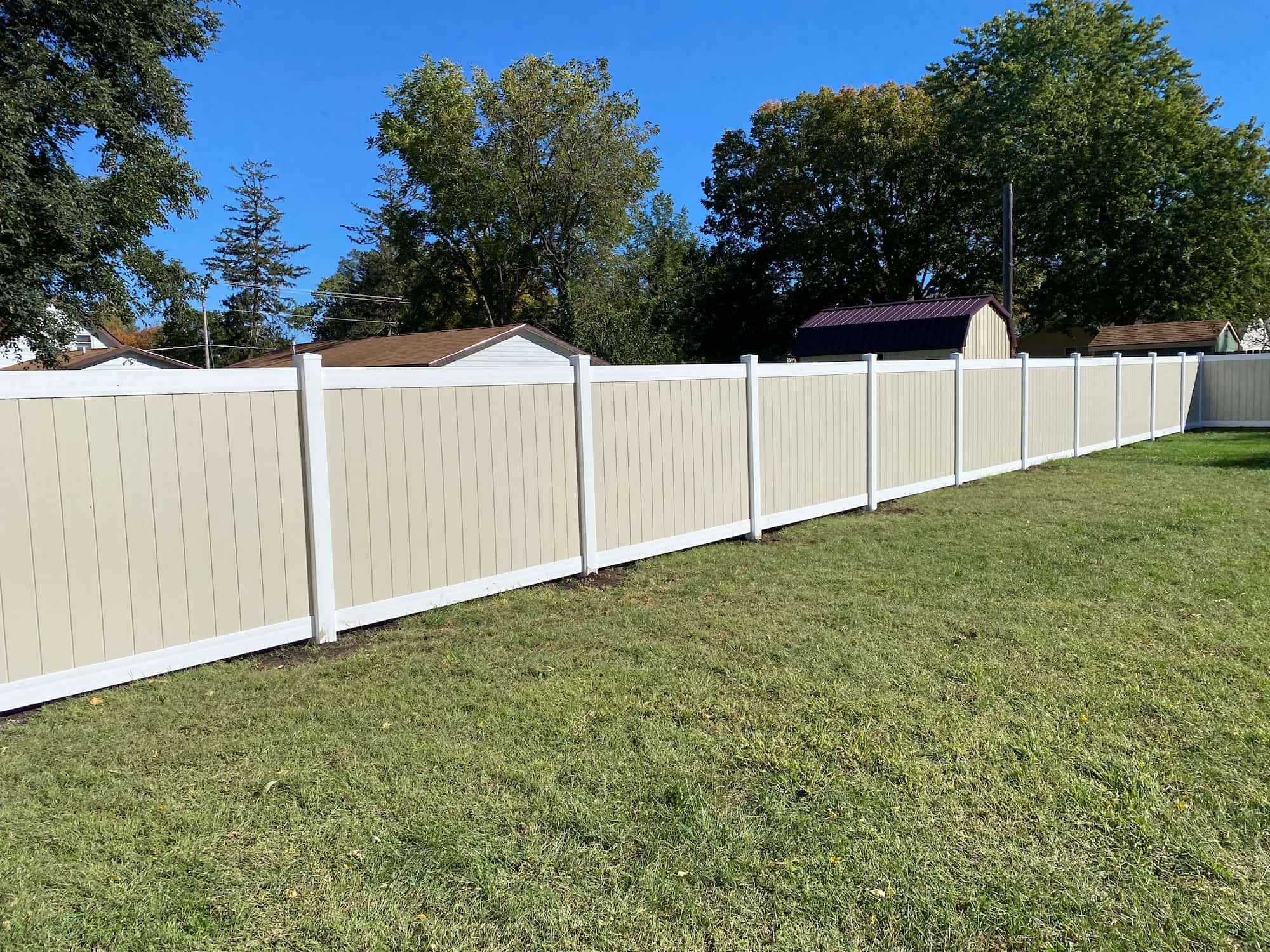Interior Design Trends for 2021
After writing so many posts last year about what our homes will be like after the pandemic and interior design lessons from the coronavirus, I was looking forward to seeing all of the usual January predictions for interior design trends for 2021. After all, the pandemic of 100 years ago, along with the scourge of tuberculosis after the First World War, lead to huge changes in urban planning, home, and interior design. Instead, we got articles recommending marble countertops (NO! it is porous and can harbor bacteria and needs sealing and disinfecting!). Oh, and clutter is back, it’s now called “grandmillennial” or “granny chic.” Designer Heather Goerzen tells Insider that “the style is meant to evoke comfort, nostalgia, and tradition.”
“Think floral wallpaper, antique paintings, delicate china, crocheted throws, and vintage touches with whimsical flair … This trend will certainly be one to watch in 2021.”
So what if clutter makes it difficult to dust and clean. That’s why people got rid of it a hundred years ago. Wicker and rattan are going to come back as well – “These natural materials add warmth and lightness to home decor.” So what if these don’t play nice with water. Wallpaper is back too, even though it is often impossible to clean. And they are putting it in bathrooms, giving mold a healthy and balanced diet!
All of these posts treat interior design as if it is little more than pretty pictures and color trends. “Green kitchens are back!” But I teach sustainable design at Ryerson School of Interior Design in Toronto, and there is a lot more to it than just how things look. Interior design is about carbon, about health and wellbeing, about safety, about design for everyone of every age and ability.
So we are going to talk about what should be the interior design trends of 2021. Some of this was shown in earlier posts last spring and summer, but have evolved as we learned more over the year.
Bring Back the Vestibule
Linda Raymond/ Getty Images
There are many reasons to have mud rooms and vestibules, even in apartments. They give you a place to take off your dirty shoes, maybe even change your clothes. They should be connected to a bathroom where you can wash your hands before you come into the house. They are also great for keeping the cold air out, and even could be turned into lockers for deliveries. It’s a much needed in-between zone. Look at what Tim McDonald did in Onion Flats in Philadelphia; the entry hall became a bathroom and laundry.
The Open Plan is Over
Golero/Getty Images
The pandemic may end when everyone gets their vaccination, but we are not going back to the way it was before. Both management and employees have got used to the technologies that let people work from home, which saves time for workers and money for employers. As I noted in How Working From Home Will Change Its Design, it is likely that 30% of the workforce will be at home multiple days per week, and people need a place to go, a home office or zoom room. I quoted architect Eleanor Joliffe:
“Being at home for increased periods has given us all times when we wish to curl up in peace and quiet – cocooned from the realities of the world unfolding outside the front door. This, alongside the acoustic benefits of closing a door between you and a parter/housemate on a Zoom call, may lead to a change in the way we subdivide space and reduce the popularity of fully open-plan living. To attempt to crowbar my natural optimism into a trying year, perhaps we will come out of this with better homes and a better quality of living.”
Rooms and Furnishings Will Be Flexible and Multipurpose
Ezra Shaw/ Getty Images
We are doing so many things at home that we used to do outside; our rooms may be used for sleeping at some points, working out at others, with a stint as an office in between. This is the way people used to live; rooms didn’t have a fixed function. As Judith Flanders noted in her book “The Making of Home,” rooms changed according to need.
“In Romeo and Juliet, written in the 1590s, the Capulets’ servants are ordered to ‘give room’, or make space, for the dancing by removing the furniture after the meal: ‘Away with the join-stools, remove the court-cubbert’ (a movable sideboard used to display plate) and ‘turn the tables up’, which was done by lifting the tabletop off its trestle legs, and turning it on its side to store it.”
The furniture was flexible too; there is a reason that the French word for it is mobilier – it is moveable. In fact, according to Siegfried Giedion, people basically lived out of suitcases in times of insecurity, much like many people, especially the young, are living now. From Giedion’s book “Mechanization Takes Command”:
“Easily transportable, the chest was the most common furniture of the middle ages. It formed the basic equipment and almost the main element of the medieval interior It was the container for all movable belongings… one was always ready to take off.”
Everything else was light and portable and foldable; as Judith Flanders notes,
“One-room living – or even two- or three-room living – was not conducive to heavy, single-purpose furniture. Instead small, light tables continued to be moved around the room to serve different purposes: the family ate on a table near the fireplace before pushing it against a wall so they could sit near the fire between meals, or sleep in front of it at night.”
Thonet
Another benefit of light, movable furniture is that it is easy to keep clean. As Mies van der Rohe wrote:
“It therefore promotes comfortable, practical living. It facilitates the cleaning of rooms and avoids inaccessible dusty corners. It offers no hiding place for dust and insects and therefore there is no furniture that meets modern sanitary demands better than tubular-steel furniture.”
This is why I don’t think “Grandmillennial” clutter and upholstered furniture will catch on.
Bring Back the Country Kitchen
Lloyd Alter
For many years on Treehugger, my crusade against the open kitchen was the hill I would die on, preferring a closed kitchen that was a machine for cooking, mostly inspired by Margarete Schütte-Lihotzky’s Frankfurt Kitchen. I noted my basic thesis: “The open kitchen has always been a bad idea, from a thermal, practical, health, and even social point of view.”
The pandemic has caused me to rethink my position. People are doing more cooking and are enjoying it; surveys have found that “54 percent of respondents said they cook more than before the pandemic, 75 percent said they have become more confident in the kitchen and 51 percent said they will continue to cook more after the crisis ends.”
I still think that big multipurpose kitchen islands are a mistake; kids shouldn’t be doing homework on the same surface that their parents are cooking on. Perhaps Julia Child’s eat-in kitchen, as shown above, is a better idea; you can work or eat at the table in the middle, but it is separate and distinct from the working surfaces, and the room can be closed off. A decade ago I was more flexible; I was interviewed about kitchen design and described what I liked about it back then:
“Local food, fresh ingredients, the slow food movement; these are all the rage these days. A green kitchen will have big work areas and sinks for preserving, tons of storage to keep it in, but will not have a four-foot wide fridge or a six-burner Viking range. It will open to outdoors to vent the heat in summer, to the rest of the house to retain the heat in winter. The dining area will be integrated into it, perhaps right in the middle. A green kitchen will be like grandma’s farm kitchen- big, open, the focus of the house and no energy from the appliances will be wasted in winter or kept inside in summer.”
Perhaps that is the best compromise; the family can be in there but they are not sitting at a counter. It is the antithesis of the photo at the top, with the gas range on the island with a useless hood and people sitting right in front of it, this is not a Benihana.
Make Every Surface Washable and If Possible, Antibacterial
/Lloyd Alter
That’s Millie on our 30-year-old Marmoleum kitchen floor. It is made from completely natural materials. And unlike vinyl, it actually has natural bacteria-killing properties. That’s one reason it has been used in hospitals for years (beside the fact that it is easy to keep clean). Cork has many of the same properties. But the first priority is that it should be easy to clean and not give bugs and bacteria a place to hide. So don’t use paper-faced drywall that is a meal for mold when you can use fiberglass faced drywall or plaster. Everything should be washable.
Bathrooms: Stop With the Killer Tubs
Mint Images/ Getty Images
I could go on for days about bathrooms, about toilets, about ventilation, but I will just go on about one thing: bathtubs. It’s an annual kvetch:
“The walls of the tub [pictued above] are so thin that you cannot sit on the ledge and swing your legs over, you have to step into it. They are often set in places where it is impossible to install grab bars when people get older. (And people of every age fall. Grab bars are not just for old people.) This is a trend that should die because, seriously, it is a trend that can kill.”
Yet in every magazine, in every design show, this is almost all you see. It is a serious issue; my late mother-in-law’s best friend was stuck in a tub for two full days because there was no grab bar and she couldn’t get out. Selecting a tub like this is malpractice.
Stop Thinking About How Things Look and Start Thinking About How They Work
Adbe/ Getty Images
I tried to end here with the worst bathroom on Getty Images, with the tub at the top of a step (stepping down onto tile with wet feet is an invitation to falling) sinks that are too low with a mirror that isn’t over either of them, a wall of glass so that one either overheats or freezes, It’s hard to figure out what is worst.
But the same thing could be said about every room in the house. Interior design isn’t about colors and trends; it is about design. Of interiors. And as I noted at the beginning, it should be about function, health, safety and carbon footprint. Then you can paint it green.
I asked another architect who teaches as well, David Bergman Program Director, Sustainable Interior Environments at the New York School of Interior Design, for his thoughts; it is a good conclusion:
“What’s missing in many of these “trend” predictions are the more important ramifications of spending more time at home and the fact that this makes interior design crucially important to our lives. I see three big takeaways. First, as we spend even more of our lives indoors, the quality of the air becomes a focus. What materials are we putting in our homes and how do we filter the air (without blowing our heating and air conditioning bills)? Next, how do keep ourselves from losing touch with the outside world and, more specifically, our contact with nature? We need to familiarize ourselves with the concept of biophilia.
Lastly, as we re-think our indoor spaces, it will be tempting to feel that we need more space since we’ll be spending more time there and need more separate spaces for privacy. But that can overwhelm the awareness of quality versus quantity. We don’t have to reverse the recent awareness of smaller but better.
If we take these together, we can say that we need to have better designed – not bigger – spaces that have healthier materials and air quality and that remind us we are part of a larger world. None of these, by the way, are dependent on a COVID world. They’re good ideas in any world.”
We will be covering this in greater detail in coming posts in our series on The New Manual for the Dwelling.








